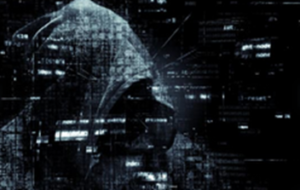Cyber Extortion: Lorenz Ransomware Group

In the advancing landscape of cyber threats, the Lorenz Ransomware Group has emerged as a formidable player, leaving organizations grappling with the aftermath of their malicious activities. Known for their sophisticated tactics and relentless pursuit of financial gains, Lorenz has become a name synonymous with cyber extortion.
Lorenz employs cutting-edge techniques to infiltrate systems, often exploiting vulnerabilities in software or relying on social engineering tactics. Once inside, the group encrypts critical files and demands hefty ransoms in cryptocurrencies for their release. Their modus operandi includes exfiltrating sensitive data, adding an extra layer of threat to organizations hesitant to meet their demands.

What sets Lorenz apart is their strategic targeting of high-profile entities, ranging from large corporations to government institutions. This selectivity allows them to demand larger ransoms, amplifying the financial impact on their victims. The group has also shown a knack for adapting to cybersecurity measures, making it challenging for organizations to defend against their attacks.
As the cybersecurity community intensifies its efforts to counteract Lorenz and similar threats, the need for robust preventive measures and proactive cybersecurity practices becomes increasingly evident. Organizations must invest in cybersecurity awareness, employee training, and up-to-date security infrastructure to mitigate the risk of falling victim to ransomware attacks.
The battle against Lorenz underscores the importance of collaboration between cybersecurity experts, law enforcement agencies, and affected organizations. Sharing threat intelligence and implementing collective strategies are crucial in staying one step ahead of these cybercriminals.

In conclusion, the Lorenz Ransomware Group stands as a stark reminder of the ever-present threat in the digital realm. Vigilance, preparedness, and a commitment to cybersecurity best practices are paramount for organizations to safeguard their data and operations in the face of evolving cyber threats.
